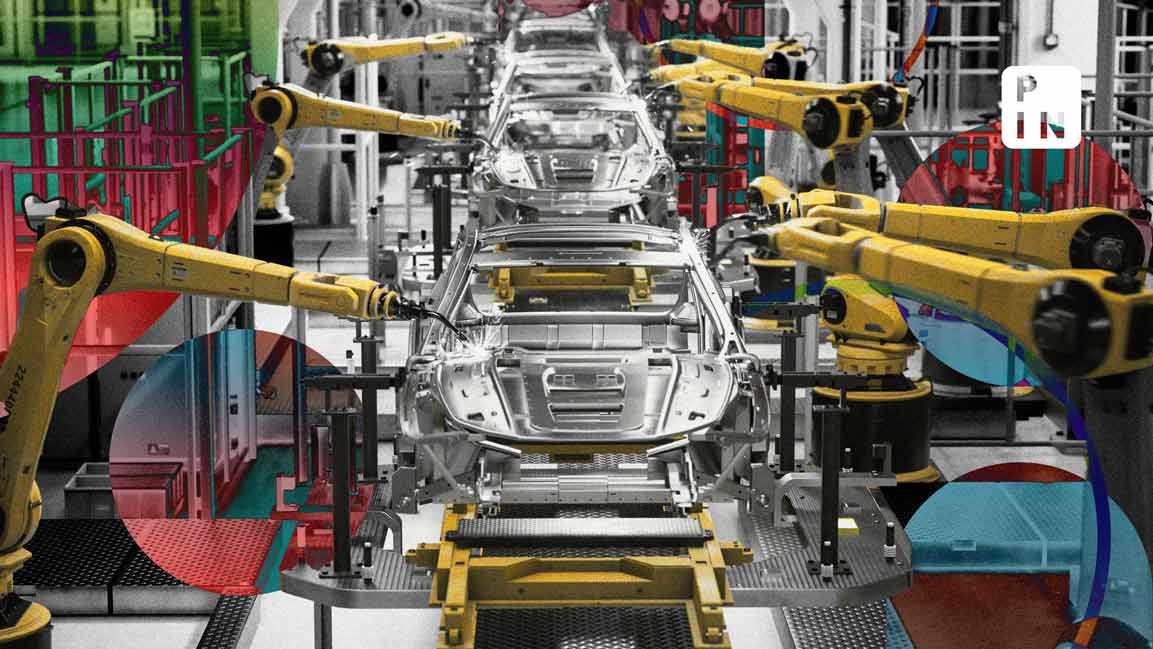- | 9:51 pm
Maruti shifts gears as it looks to accelerate production
India’s biggest automaker charts ambitious production plans, aggressive export strategies as it sets sights on manufacturing 4 million vehicles a year by FY31

Maruti Suzuki India Ltd, India’s biggest automaker, is accelerating plans to almost double production and churn out as many as 4 million vehicles every year by the end of the decade.
Plans to boost production stems from the automaker’s expectation of a threefold jump in exports from 259,000 units last year to up to 800,000 cars by the end of the decade, Maruti Suzuki chairman R.C. Bhargava told investors in the company’s annual report.
Maruti exports vehicles to about 100 countries, with South Africa, Chile, Ivory Coast, Saudi Arabia, and Ethiopia being the top destinations. The Maruti Dzire is the automaker’s top export model, followed by the Swift, Baleno, S-Presso, and Celerio.
The company currently has a production capacity of 2.25 million units a year. This includes 1.5 million units from its factories in Gurugram and Manesar in Haryana and 750,000 from Suzuki Motor Gujarat Pvt. Ltd’s (SMG’s) plant in Hansalpur, Gujarat.
SMG is a subsidiary of Maruti’s parent, Suzuki Motor Corp. (SMC), and was set up in 2017 to cater to accelerating demand. Maruti’s board said last week that it has approved the acquisition of the Gujarat arm from SMC in a bid to streamline management as it gears up to boost capacity.
Explaining the company’s capacity addition plans, Bhargava said, “The first new plant with an annual capacity of 250,000 units will start production in the first half of 2025 at Kharkhoda in Haryana. Thereafter, one similar plant will be added each year to reach a combined capacity of one million vehicles. We are selecting a second site for an additional capacity of one million units by FY31.”
Bhargava dubbed the company’s current phase of capacity addition as the beginning of Maruti 3.0.
“Our first phase was when we were a public enterprise. The second phase ended with Covid. It took us 40 years to create a capacity of 2 million units. We now have to add the next 2 million over nine years. This task requires considerable thought and possible reorganization,” Bhargava said.
Hisashi Takeuchi, Maruti Suzuki’s managing director and chief executive, said, “We need to construct two manufacturing facilities parallelly, each having a capacity of 1 million units. Construction at Kharkhoda has begun. A suitable site is being identified for the second facility. Such large-scale capacity expansion, simultaneously at two locations, has never been done so far.”
In FY23, while production jumped 19% despite hurdles in the semiconductor supply chain, auto sales rose to 1.9 million during the year, Bhargava said, adding that turnover and profits were at record levels. Maruti’s turnover exceeded ₹1 trillion in FY23.
The company is restructuring its production facilities to align with its goal of expanding its market share in the sport-utility vehicle (SUV) segment, Bhargava said. An SUV is a spacious vehicle with high ground clearance and is suitable for off-road use.
Every second car sold in India in fiscal 2023 was a utility vehicle, data from the industry lobby Society of Indian Automobile Manufacturers (Siam) showed.
Maruti’s shift to SUVs comes as it sees dim prospects of the entry car segment recovering to the high growth rates of the past, Bhargava said.
“We now have four very well-accepted SUVs in the market and are on our way to assume leadership in this segment. We will gradually keep increasing our market share that had declined in the last 2-3 years,” Bhargava added.
While delving into the company’s plans to reduce its carbon footprint, Bhargava said Maruti plans to sell six electric vehicle models by FY31, with the first one expected to roll out in FY25. The models will comprise up to 20% of total sales by the end of the decade, he added.













